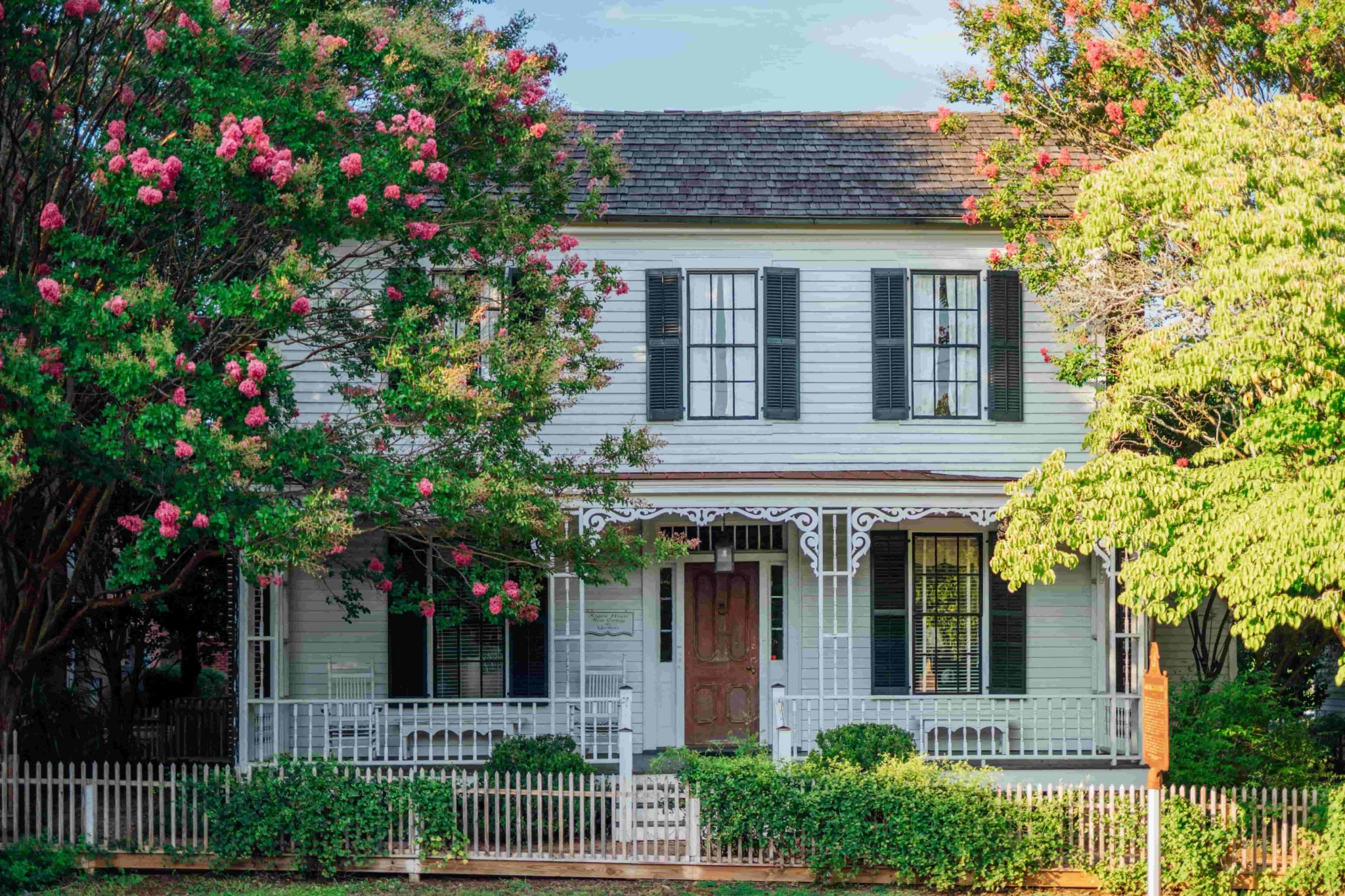Table Of Content

Most visitors are naturally drawn to the city's geographical and cultural centerpiece, the Imperial Palace – you could easily spend a day exploring this historic complex and the surrounding streets. If an immediate family member dies while you’re in Japan, travel insurance will help you get home immediately. A lot of people think travel insurance is an unnecessary expense — that’s far from the truth. Travel insurance is vital, even in a destination as safe as Japan. It’s saved Kate hundreds of dollars and for one of her friends, who slipped and broke her foot while traveling in Italy, her travel insurance bought her a business class ticket home and saved her thousands of dollars.
Best neighborhoods for old customs and new trends
Roppongi and Akasaka are stacked with restaurants serving both Japanese and international cuisine. But don't despair if you are on a budget; both Roppongi Hills and Tokyo Midtown complexes have many affordable eating options to suit all tastes. Ginza is famed for its high-end sushi counters, but amid the expense-account establishments, there are also plenty of more affordable dining and drinking options, including classy ramen bars. Nihombashi, the location of Tokyo's original fish market for 300 years, is also a top culinary destination, with many venerable gourmet food shops and restaurants.
The ultimate guide to Tokyo's best neighborhoods

The latter is a funerary act, as is passing food to another chopstick to chopstick, and should be avoided. For those looking to stay in Tokyo on a budget, Hostel Chapter Two is an excellent choice. If you’re wondering where to stay in Tokyo while also wanting to save money, this is a great spot. The Sotetsu Fresa Inn Higashi Shinjuku is an excellent, solid choice for a mid-range hotel in the epicenter of Tokyo. Ginza is one of the most coveted addresses in the city and home to high-end fashion and dining spots. Think of any of the world’s top luxury brands and they’ll probably have a storefront here, along with Japanese luxury brands you’ve never heard of.
Write a Review for Tokyo House Sushi and Seafood Buffet
The surrounding neighborhood gives you easy access to both the Narita airport and Haneda Airport and to a number of subway and train lines, including the city’s central loop, the JR Yamanote line. Ginza is Tokyo's most polished neighborhood, a luxury fashion center resplendent with chic department stores, art galleries and exclusive restaurants. There you have it – those are our tips and recommendations for places to stay in Tokyo during your trip. Tokyo may be huge but it also has options to suit any kind of traveler. Once you figure out where to stay in Tokyo, the rest of your trip will flow out naturally from there. Simply pick an area that most suits your travel style and use the city’s incredibly vast public transportation system take you to see the rest.
Where to Stay in Tokyo — Best Neighborhoods and Accommodation
Ginza, for example, is right next to the Marunouchi neighborhood that contains Tokyo Station. Whether you want to be surrounded by skyscrapers and sleeping in a pod hotel or, close to designer shopping and in a cool hostel, there is a place in Tokyo that is perfect for your trip. The best place to stay in Tokyo for one traveler isn’t necessarily the same for every traveler.
Join the Lonely Planet community of travelers
In fact, this is the one occasion where you may have to contend with crowds – popular restaurants and bars are packed most nights of the week. If high fashion and luxury goods are what you’re after, then Ginza is the perfect place where to stay in Tokyo. While weekdays are preferable for fewer crowds and more personalized service, a great time to enjoy this shopping district is actually weekend afternoons, when Chuo Dori is closed to vehicles and becomes a lively pedestrian street.
‘Tokyo Vice’ Revisits a Faded Underworld - The New York Times
‘Tokyo Vice’ Revisits a Faded Underworld.
Posted: Mon, 04 Apr 2022 07:00:00 GMT [source]
Hostel Chapter Two Tokyo is an excellent hostel, home to some of the cheapest dorms in the city as well as budget-priced private rooms. If you’re trying to keep expenses down, this is a very good spot. Okutama Station itself sees fewer visitors but it’s also a wonderfully picturesque place to go hiking, white-water rafting, forest bathing and visit hot springs. If you’re interested in camping or staying in more remote accommodation, you’ll find those options here. Contrary to popular belief, Tokyo actually has a lot of green spaces — and one of the best spots to enjoy nature in the city is Okutama.
It would be tempting to write these residential neighborhoods off as sleepy; however, they are anything but. Each has its own nomiyagai (eating and drinking area) that draws locals in the evenings. Akano is popular with otaku (fans of anime and manga) while Kōenji, just one stop away, attracts street artists and social activists. As you'd expect from a trendy shopping district, Harajuku and Aoyama have lots of great, inexpensive lunch spots covering a variety of cuisines. Meiji-jingū can get very busy, so the earlier you get here, the more likely you are to experience the kind of serene atmosphere that does the shrine justice. Shopping is, of course, a major attraction for many, locals included.
A major attraction is the city’s dedicated kabuki theater, Kabukiza, devoted to Japan's ancient tradition of dance-drama. Proudly ranking alongside Fifth Avenue and the Champs-Élysées, Ginza is one of the most famous shopping strips in the world. It's a compact area, but you could easily spend a day here sashaying from Mikimoto and Louis Vuitton to Uniqlo. From information on legal matters, to leisure events and helpful tips on everyday life, learn about different services that are critical to living in Japan as a long-term resident right here. If you get appendicitis while in Tokyo, travel insurance will cover your medical costs. If you slip on the steps of a temple and break your ankle, travel insurance will refund your medical costs and get you home for free.
The city is huge and while public transport is effortlessly smooth, you don’t want to spend half the day getting around. Even the train ride there (approximately 2 hours from Shinjuku) has many visitors on their feet in the train carriage gasping at the views, especially around Sawai and Kawai Stations. In fact, many people get off around there for hikes and mountain climbing. A popular peak in the area is Mt Mitake and can be accessed from Mitake Station on the same line and a cable car can then take you part of the way up. For those who want to get into the “wild,” so to speak, you simply have to go west.
Some travelers like to be in the most convenient neighborhood, close to all the main attractions, while others prefer to stay in less touristy areas. If you step off the main drag though, you'll find fewer tourists and the craft shops and small restaurants that have long defined these quarters. Kōrakuen and Akihabara occupy a swath of central Tokyo running alongside Soto-bōri, the former outer moat of Edo Castle, and the Kanda River, one of the city’s main waterways.

No comments:
Post a Comment